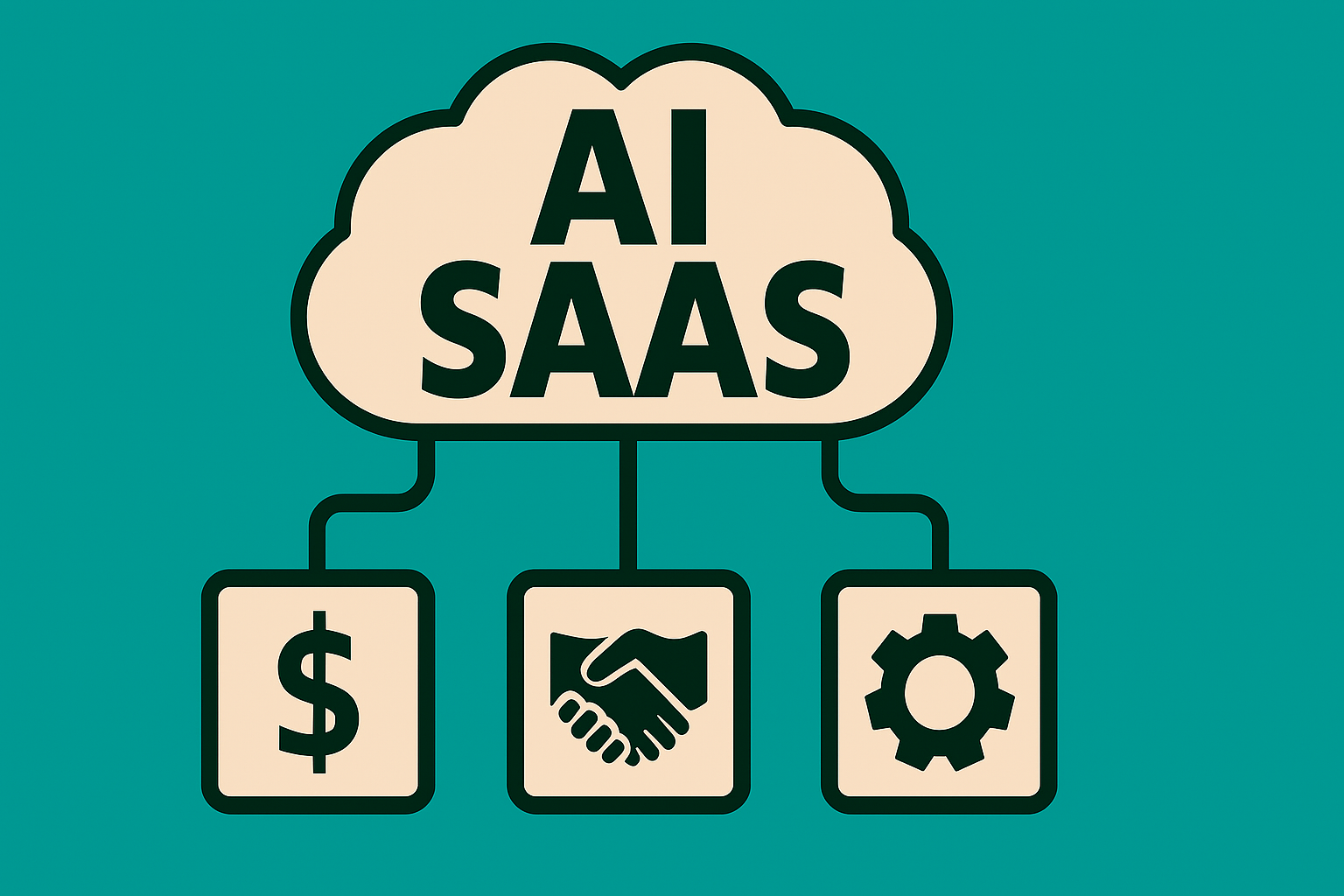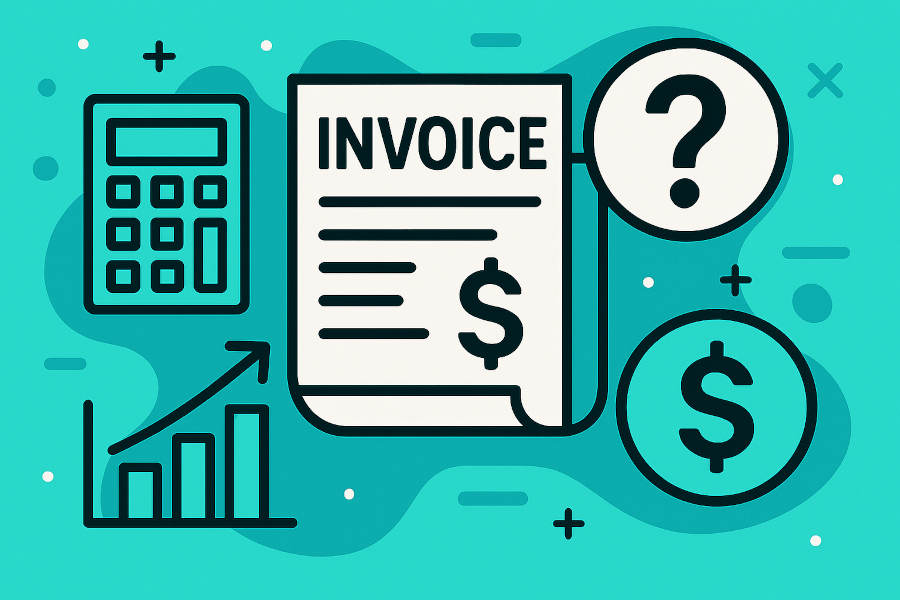If one is going to use LinkedIn to analyze their industry’s trends, hearing “AI is the Death of SaaS” too many times may cause an over index on job scare paranoia. It’s akin to saying to someone in the auto industry that “EV is the death of Cars”. It’s an oxymoronic statement that makes no sense because just like EVs are Cars – just better, Agents are Software (much of which is SaaS) – just better. Just like the auto industry will have a long-term impact (ICE going towards EDU based propulsion) so will the software industry. No one and nothing is dying.
I feel the need to include a personal story here – just to prove this is not AI produced garbage.
In the early ’90s, I learned to code on a Digital VAX mainframe and Intel 486 PCs in a university lab—COBOL on the VAX, and Basic, Pascal, and C on MS-DOS and Windows 3.1 machines. Though the VAX was not cutting edge by 1991, similar systems were still widely used in business, so learning it was essential. My first job out of school was coding C++ on Windows, and two years later, I moved to a better-paying role writing Fortran on a mainframe for an investment firm. By the late ’90s, PCs were essentially on every desk at work, but I still used mine mostly for terminal emulation to access mainframes—right up until I left my third job in December 1999 to join the dotcom boom in San Francisco.
Why was I still accessing the mainframe on a terminal despite the capability of the Pentium processor before me? ERP was in full swing at that time too, where was it?
While they are arguably shorter than those in the 1990’s, paradigm shifts int tech still take time. The company I was working for was a large corporation with tens of thousands of humans working for it, with checks and controls that tested and worked, and regulatory responsibilities that make it not want to change because of the cost and risk of doing so.
There’s a tendency in new tech to focus on individual productivity. AI helps developers write code faster. My partner and I have coded hundreds and thousands of lines of code completing tasks in days that would take months without AI. Making software is only one thing, marketers now generate content instantly, and analysts crunch data in seconds. Individuals are now hyper productive with AI – but only so much as the organizations they work for allow them to be.
Organizations Build Themselves around their technology.
One of the most overlooked truths in tech adoption is this: organizations don’t just use technology, they build themselves around it. Their workflows, hierarchies, compliance structures, and even their culture become deeply intertwined with the tools they rely on. And once that foundation is laid, change becomes slow, deliberate, and expensive. If you are selling a new AI solution you are selling a new way to do work, new types of persons to hire, and new organizational norms.
Take punch cards. Originally invented in 1804 to automate looms, they became the early backbone of automated number crunching when Herman Hollerith invented the tabulating machine in 1888[1]. Even as magnetic media and CRT terminals emerged in the 1950s and 60s, punch cards remained in use well into the 1980s. Why? Because organizations had built entire operational ecosystems around them from data storage (on the cards themselves) to job scheduling to physical infrastructure. The cost of change wasn’t just technical; it was organizational.
Even today, mainframes haven’t disappeared. Modern mainframes are essentially high-throughput servers optimized for transactional workloads. They’re still critical in industries like banking and insurance, not because they’re trendy, but because they’re reliable, secure, and deeply embedded, especially in finance systems which are still running some of the software I helped write in the 1990’s (at least I like to think so).
The same story plays out with on-prem software and SaaS. Salesforce may have declared “The End of Software” in 2000[2] (sound familiar?), but on-prem software didn’t vanish. It adapted. Many enterprises still run hybrid environments, mixing SaaS with on-prem systems. Similarly, cloud computing hasn’t eliminated on-prem data centers. It’s augmented them. Organizations choose what to move and what to keep based on risk, cost, control, and compliance.
This is the pattern: new technology doesn’t replace old tech outright, it coexists, competes, and jockeys for position. This dynamic eventually reshapes the organizational landscape. But that reshaping takes time. It requires rethinking not just tools, but a company’s processes, roles, and governance.
How AI will Drive Increased Organizational Excellence
AI is revolutionizing individual productivity. But organizations aren’t just collections of individuals, they’re systems. Systems don’t change because one person is more productive. In fact, they sometimes become less efficient. Companies are only as fast as their slowest team and their slowest teammate. Even after “AI layoffs”, there will still be underutilized humans in organizations – companies cannot layoff the entire marketing department because they are waiting on the AI resistant finance team to pull together and approve their budgets.
For AI to truly transform business, it must address how it maintains organizational efficacy. That means:
- Integrating with existing systems, not just replacing them.
- Respecting compliance, auditability, and governance.
- Maintaining human agency and control over all activities.
- Supporting workflows that span departments and roles.
- Enabling change without demanding wholesale disruption.
The future of AI isn’t just about smarter tools — it’s about smarter organizations. And that’s a much harder problem to solve.
[1] https://www.britannica.com/money/Herman-Hollerith
[2] https://www.provokemedia.com/latest/article/the-launch-of-salesforce-com-and-the-end-of-software



Leave a Reply